
The Callaway X Forged CB irons mark Callaway’s grand entrance into the player’s distance iron category.
*record scratching*
This is NOT A DISTANCE IRON!!
Players Performance is what Callaway prefers to call the X Forged CB Irons. This iron is not built purely for speed. Despite having a hollow body construction, traditionally known for adding distance, consistency is touted as the focal point.
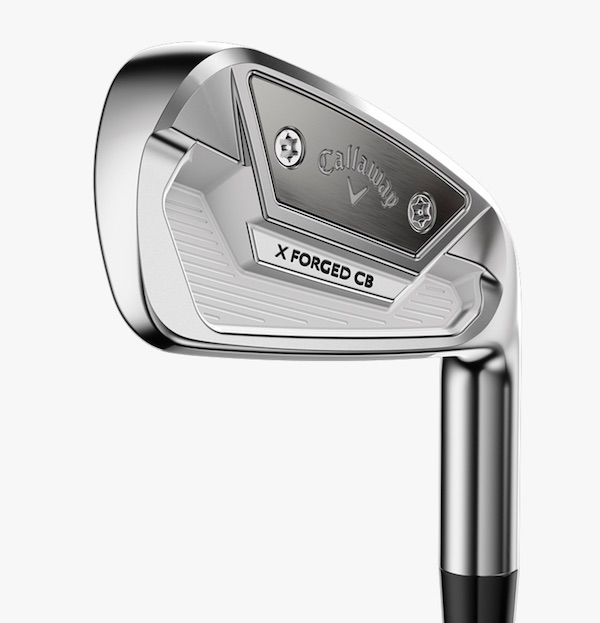
But wait, aren’t hollow-body irons (think PXG and TaylorMade P790) notorious for the occasional low spin, high speed “jumper” that airmails the green? Not this one. After testing the X Forged CB irons for the last 6 weeks with my own personal use and multiple client fittings, I haven’t seen a single “jumper-like” outlier.
Overall, I think Callaway is onto something with the consistency focus on their latest release. In this review, I'll explore the design elements, testing results, and what kind of golfers I think the X Forged CB irons are appropriate for.
What Callaway Is Saying
To add some color to the results I saw in testing, I took some time to chat with Callaway’s Senior Director of Product Management, Dave Neville. I wanted to find out more about the engineering intent behind the X Forged CB. I learned a lot…
The Player’s Distance Iron is one of the fastest-growing and evolving categories of golf club innovation. As such, we’re now starting to see a small yet noticeable divide between the more distance-focused sets and those giving a curt nod towards consistency and tradition.
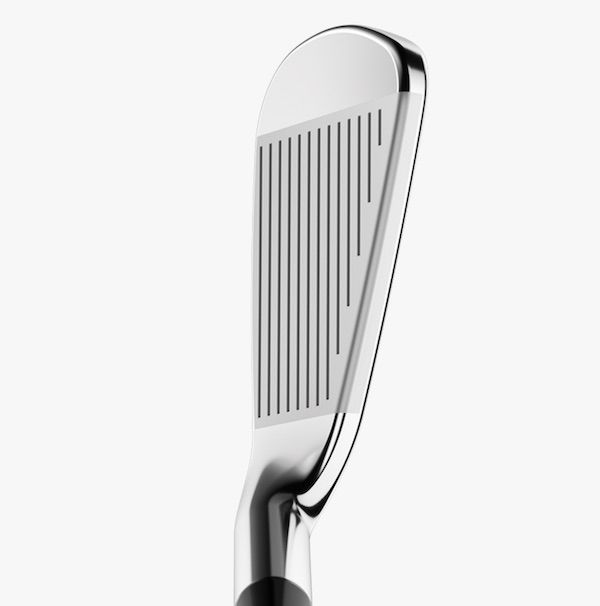
All of these irons strive to deliver the best of both worlds. They must be attractive yet forgiving, and sleek as well as stable. The X Forged CB is living on the more traditional side of this small divide, so it shall henceforth be referred to as a Players Performance Iron.
In Callaway's words, the X Forged CB "provides speed while promoting Tour-level spin consistency across the face."
The Evolution of the Blade
Historically, more skilled ball-strikers (usually a single-digit handicap) have been looking for a slightly more forgiving version of a traditional blade. They’ve searched out clean looks, thin soles, and soft steel forgings. For decades these designs were void of major technological breakthroughs.
The one recent (and nowadays fairly common) technological advantage in Player’s Performance irons has been to use additional steel or tungsten in the club's toe to center the sweet spot on the scoring lines. Any true blade player from the ’70s will tell you that the sweet spot on their old Wilson Tour Model or Powerbilt Scotch Blades was slight to the heel-side of the scoring lines. That’s because the weight of the hosel and tip of the shaft drew the center of the clubhead's mass towards the heel.
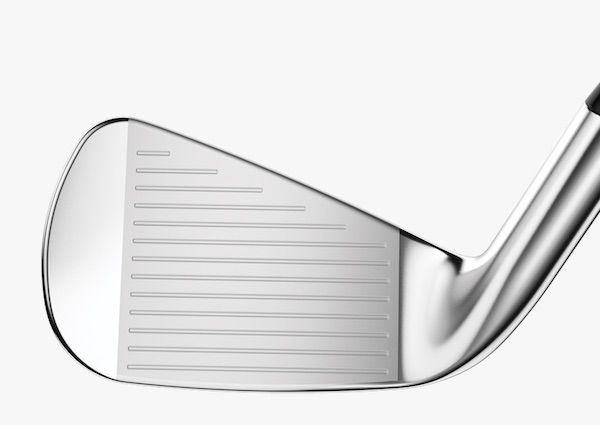
Callaway has gone a couple of significant steps further to adding forgiveness and consistency to the X Forged CB, and for a good reason. To be clear, they are not alone in this endeavor. Plenty of iron releases like the Mizuno MP20 HMB are trying to address the needs of skilled ball strikers with modern technology.
Adding Forgiveness Can Expand the Market
Think for a moment of some recent traditional Cavity Back forgings - 2018 Callaway X forged, 718 Titleist CB, Srixon Z785:
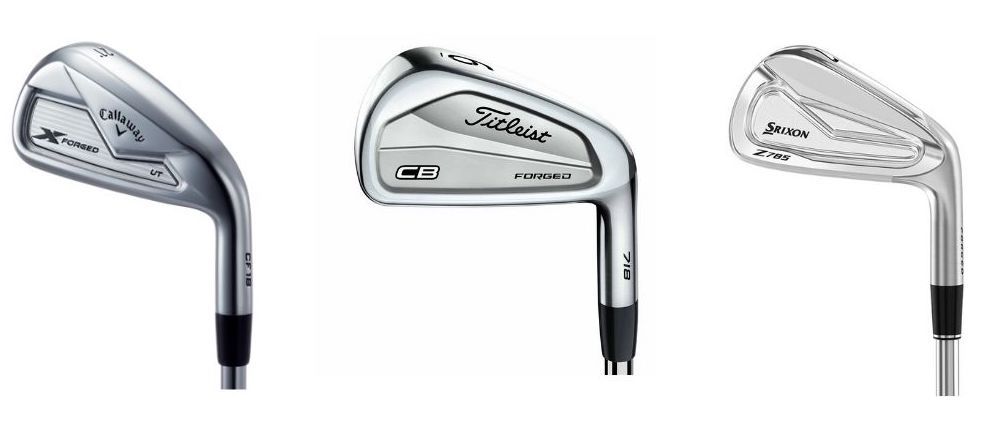
Very few players above a six or so handicap would really benefit from playing these traditional Cavity Back irons. By adding some forgiveness to the X Forged CB, fitters can now put them in the hands of, let's say, an 8-10 handicap golfer and still expect good results.
Entice the Better Players
When I ask a better player what they are looking for in new clubs, the most frequently used word in their response is "consistency." Without fail, everyone’s initial thoughts immediately go to a distance when you hear that word. But if you only think about distance, you are missing a big piece of the puzzle.
Callaway takes things a step deeper than just distance in the X Forged CB irons, focusing on something called spin consistency, which is a concept I explored in my recent Titleist TSi driver review. Anyone who spends time on a launch monitor (or upwards of 50 hours/week like me) knows how important spin is to distance and ball flight.
Dave Neville from Callaway told me that this is where the Tour Tuned Face Plate comes into play. Most other irons in this category suffer from the odd "jumper" that seems to sail over the green. The X Forged CB's face is designed to minimize these kinds of shots, which are particularly frustrating for better players.
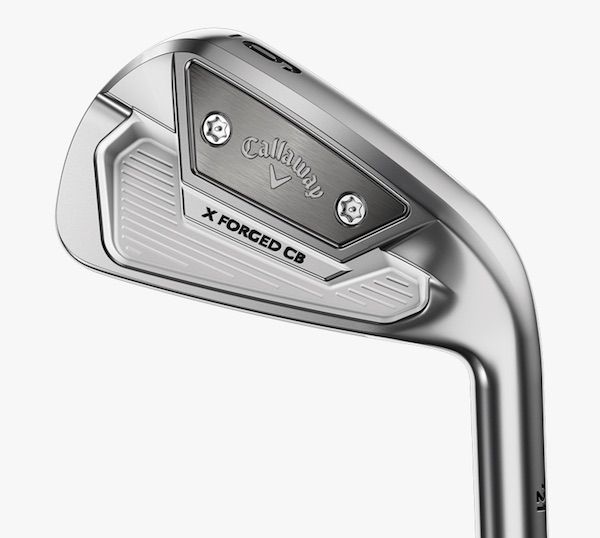
From my personal experience, I can tell you this has really held. The club isn’t magical - cuts still spin more, pulls still spin less. However, the spin rates, in general, are very stable.
I have not seen any of the fabled jumpers that hollow body irons have delivered in other clubs. The X forged CB has been a very consistent iron each time I’ve hit it or fit customers with it.
A couple of weeks ago, a Division 1 golfer I work with who will turn Pro next year decided to go to X Forged CB in his 3 and 4 iron. Why? Because he wants to be sure those clubs cover their distances even when they hit a tad off-center.
Who Should Consider the Callaway X Forged CB Irons?
As a fitter, I always recommend getting fitted and trying at least a few models of clubs within the category you’re looking to purchase (compared to the performance of your current set).
Here are some specific benefits I saw from the Callaway X Forged CB vs. other irons in this category:
- The PW loft is 45 degrees. I consider this not too strong or too weak. This allows for cleaner wedge gapping.
- 4-degree loft gaps in the short irons: Many companies have moved to 5-degree gapping in 7i-PW in their distance iron sets (because of jumpers, maybe??). Better players looking for top-notch distance control in the scoring clubs have expressed frustration that the combination of higher ball speeds and larger loft gaps is creating 18-20 yard distance gaps between shorter irons. Most aren’t pleased about it. Callaway helps solve this issue with higher gaps between irons.
- Slightly more offset than competitive models: Many good players miss shot to the right. If you fall under that category, a little more offset will help, not hurt. It’s not an obnoxious amount of offset, just more than a lot of the “CB” irons.
- A modular weighting system: The interchangeable weight port on the back of the iron allows Callaway’s custom build team to dial in swing weight without using heavy shaft plugs (which can throw off that nice center-of-the-scoring-lines sweet spot I mentioned earlier). Fun fact - inside the Callaway Tour Van, these weight plates are in 1 gram increments. Talk about dialing it in!
Wrapping It Up
I really like this approach from Callaway because X Forged CB isn’t trying to be a blade. A lot of other products that target this golfer are just putting out a slightly more forgiving “blade lookalike.” They still have a minimal offset, a razor-thin topline, and no tech to speak of.
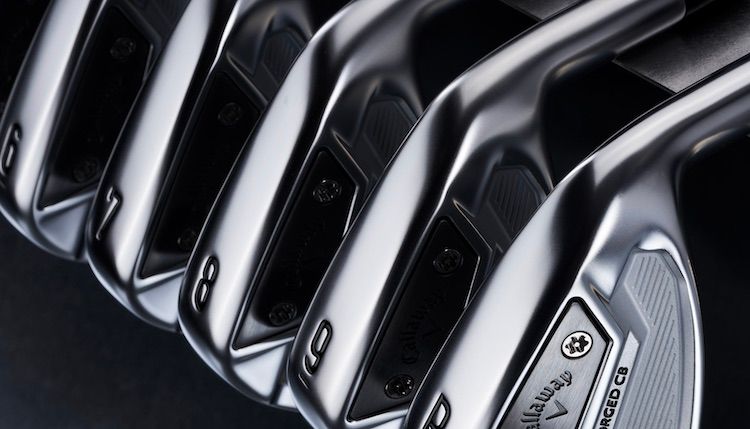
Callaway is taking on the market from a different perspective. They purposely added offset (at the request of some tour players, by the way) and made the blade length a little longer. Also, they created a different look, because guess what, it’s for a different player!
What I particularly like about this approach is that Callaway was selective. They kept a thin sole but still paid very close attention to turf interaction and sound. They didn’t ignore the “feel” that these players will likely refuse to live without. All in all, I think it’s a beautiful mix of technology and tradition. And if that’s the kind of thing you’re looking for, be sure to put the X Forged CB on your list of irons to sample at your next fitting. Cheers, and happy birdie hunting!
If you're interested in learning more about clubfitting, you can also read my iron fitting guide.
We care about the protection of your data Read our Privacy Policy